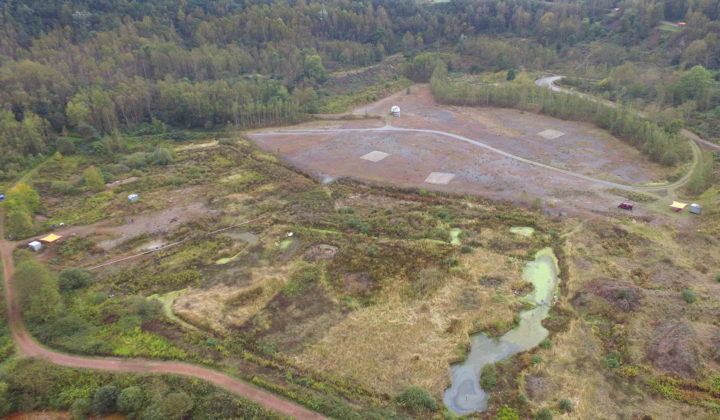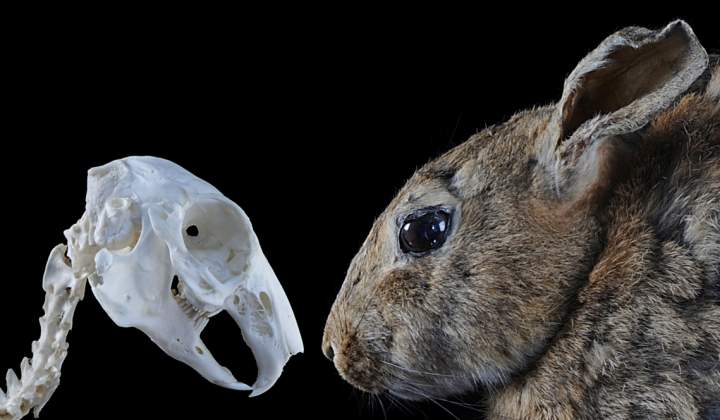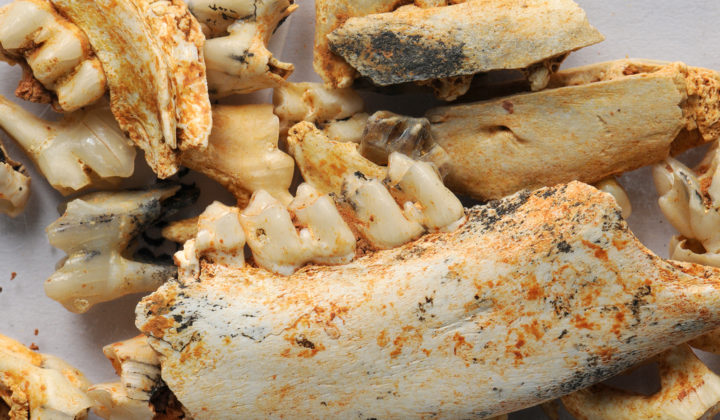Messel Research & Mammalogy
Evolution of Sensory Systems
We examine the evolution of vertebrate sensory systems by employing the latest imaging techniques and a combination of fossil (extinct) and modern (extant) organisms. Most of the sensory systems and processing components in vertebrates are internal, thus we use CT and related methods to provide a full 3D understanding of sensory anatomy of structures such as the inner ears and brain. We work on understanding the morphology and evolution of a variety of organisms, but one central interest of the group is the evolution of specialized sensory systems. One example of this is echolocation, or the ability to ‘see with sound’. This ability has convergently evolved in disparate groups such as toothed whales and bats, and so we are interested in understanding when, how, and why these specialized sensory abilities evolved. We also love collaborating and engage in yearly field expeditions in Messel, Namibia, Australia, North America, and elsewhere.



